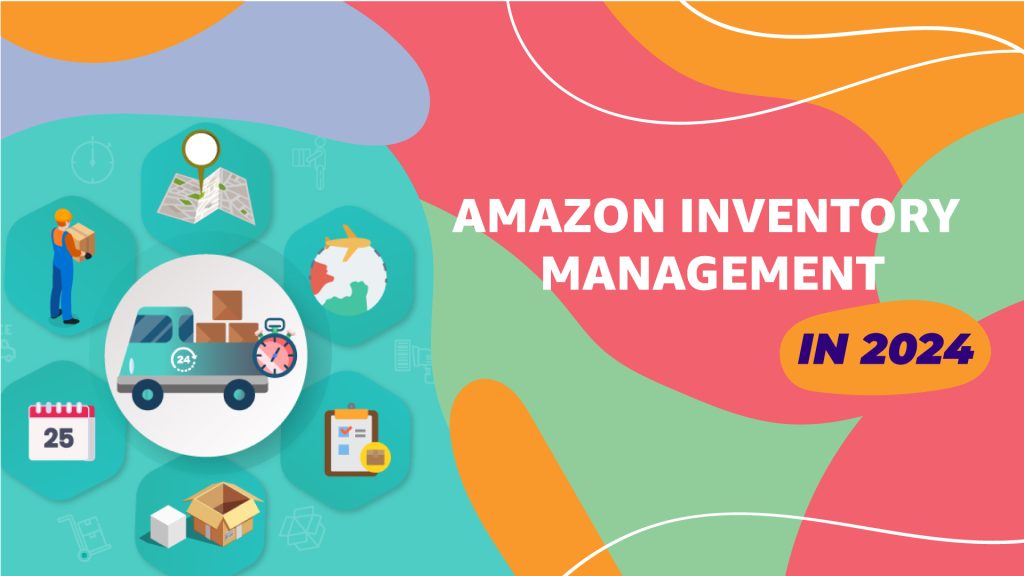In the dynamic world of e-commerce, managing inventory effectively is crucial for the success of any Amazon seller. Whether you are a seasoned seller or just starting, understanding the ins and outs of inventory management is key to avoiding stockouts and overstock situations that can impact your business. In this guide, we’ll delve into essential tips and strategies to help you navigate the intricacies of Amazon inventory management.
Understanding the Importance of Inventory Management on Amazon
Efficient inventory management is the backbone of a successful Amazon business. It involves maintaining optimal stock levels to meet customer demand while minimizing the risk of overstocking or running out of products. The following tips will guide you through the process of managing your inventory effectively:
1. Set Clear Inventory Goals
Define your inventory goals based on your business model, target market, and the nature of your products. Understanding your sales patterns and demand fluctuations will enable you to set realistic and achievable goals.
2. Leverage Amazon’s Inventory Management Tools
Amazon provides a suite of tools and reports to help sellers manage their inventory effectively. Familiarize yourself with tools like the Amazon Seller Central dashboard, Inventory Health Report, and Restock Inventory tool to gain insights into your inventory performance.
3. Implement the Just-In-Time (JIT) Strategy
Adopting a just-in-time inventory strategy helps minimize storage costs and reduces the risk of overstocking. Monitor sales trends, reorder products when necessary, and synchronize your inventory levels with customer demand.

4. Utilize Amazon FBA (Fulfillment by Amazon)
Consider using Amazon FBA to outsource the storage, packing, and shipping of your products. This not only reduces the burden on your end but also provides the advantage of Amazon’s vast distribution network.
5. Regularly Review and Update Product Listings
Keep your product listings up to date with accurate information on availability, pricing, and shipping details. This transparency builds trust with customers and helps manage their expectations.
6. Forecast Demand Accurately
Use historical sales data, market trends, and seasonality to forecast demand accurately. This proactive approach allows you to plan for peak seasons and avoid stockouts during high-demand periods.
7. Monitor and Adjust Pricing Strategically
Dynamic pricing can be a powerful tool to balance supply and demand. Monitor competitor pricing, adjust your prices accordingly, and use promotions or discounts to stimulate sales during slow periods.

8. Establish a System for Returns and Unsold Inventory
Create a clear process for handling returns and managing unsold inventory. Consider liquidation options for slow-moving products to free up capital and warehouse space.
Conclusion
In conclusion, effective inventory management is a continuous process that requires attention to detail and a proactive approach. By setting clear goals, leveraging Amazon’s tools, and implementing smart strategies, you can navigate the complexities of inventory management and position your Amazon business for long-term success.
Remember, adapting to market changes and continuously refining your inventory management practices will contribute to the growth and sustainability of your Amazon business. Stay informed, stay agile, and watch your business thrive in the competitive world of e-commerce.

